I am a DIE HARD film lover. In a world that seems to spin faster each day, there is something so captivating about being able to slow down with film, something that can’t be replaced by digital convenience. The rich colors, the soft grain, and the subtle imperfections that characterize it is all so captivating, and there is an undeniable romance to the nostalgia it captures.
One of the most alluring aspects of film photography is the element of surprise. Unlike digital cameras, where instant gratification reigns supreme, I love the anticipation of what lies waiting to be revealed once the negatives are developed, the fact that one photograph takes days to create from start to finish.
That being said, I have found three things to have the biggest impact on the results of the film you shoot. The camera (primarily the lens quality) you shoot on and the scanner you use for your developed negatives both have a hand in the final product. But the MOST IMPORTANT part of shooting film is knowing what film stock you want to shoot on!
What is a Film Stock?
Film stocks refer to the types of film used in traditional photography and cinematography. Each film stock has its own unique characteristics in terms of color rendition, grain structure, sensitivity to light, and overall look.
Because the results of film aren’t immediate, it can be hard to know what to expect your photos to look like once developed. After spending the last several years shooting as both a hobbyist and professionally, here are some notes and preferences on my top four film stocks I have collected and want to share with you.
My Top Four
Portra
I love Portra Film and it is my go-to film stock for both weddings and everyday use. I most commonly photograph on Portra 400, as it is a solid film for both daylight and lower light levels without introducing too much grain! Portra film is known for having natural color reproduction and I DIE for the green and teal hues it brings out. It also is very flattering on skin tones, which makes it great for portraiture.
Another great aspect of Portra film is that it is offered in variable ISO speeds. I mentioned that I like Portra 400, but both Portra 160 and 800 are fantastic options, the 800 film being great for low light (even if slightly grainier in the shadows) and the 160 perfect for daylight situations. Overall, Portra film is very versatile and will always give you a timeless film look!

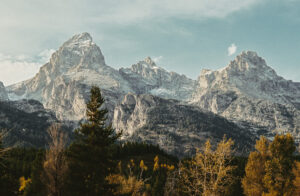
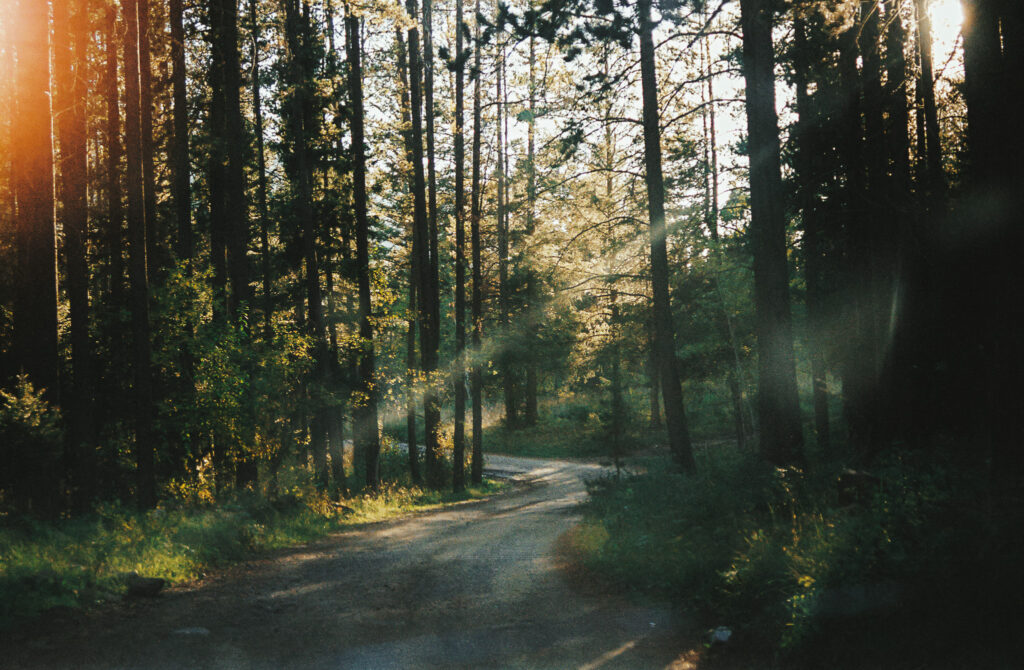

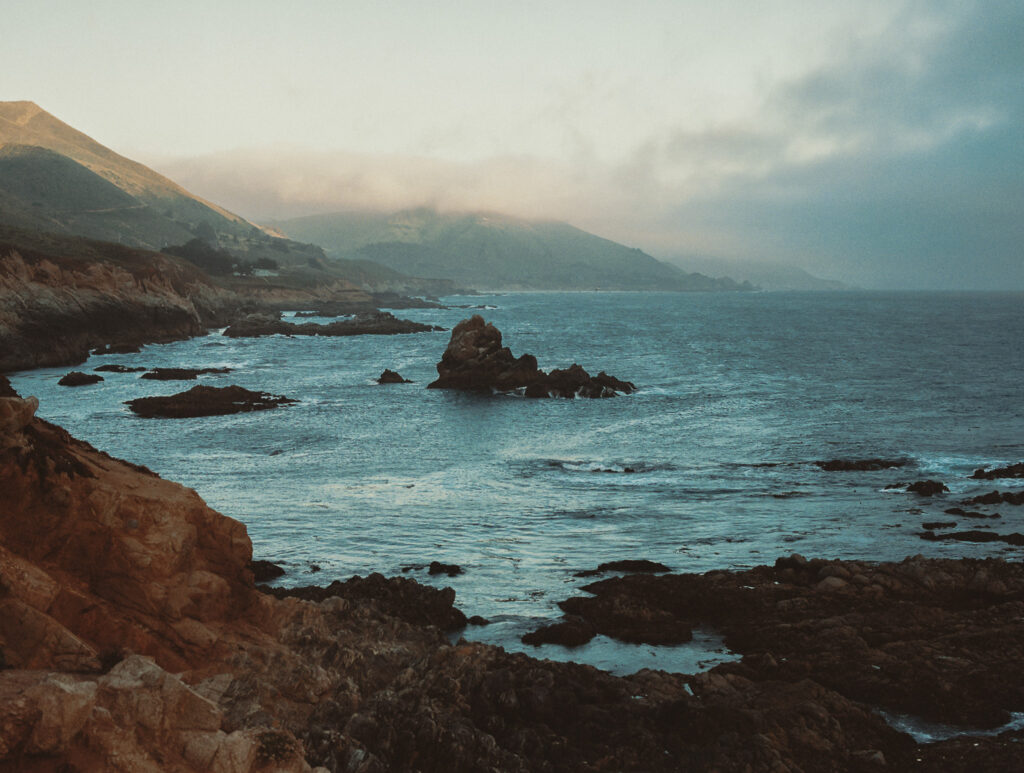
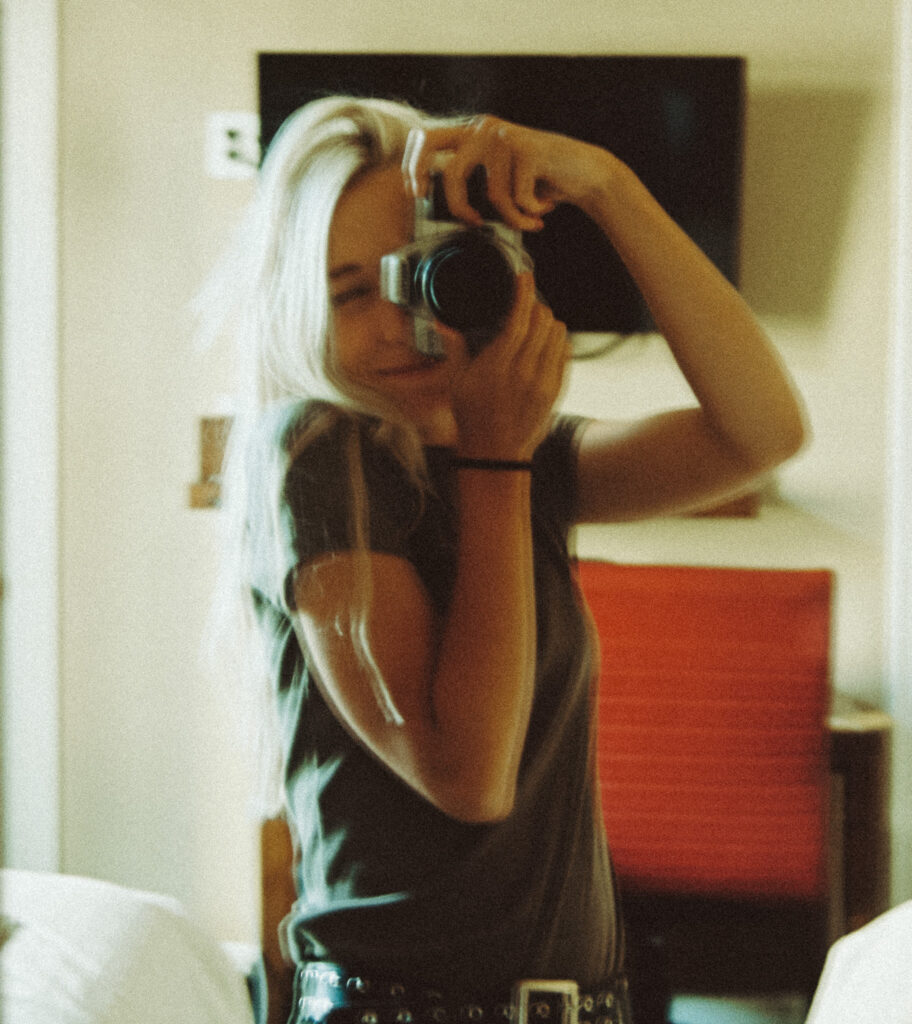
Cinestill
Cinestill film is a very unique stock. It is something that I find a lot of joy bringing into my landscape photography, especially in cityscapes or mountain scenes. I recently took a roll of Cinestill film on a roadtrip through Washington and Oregon and was just enamored by the colors that came out in the moodiness of the the beautiful foggy PNW landscapes.
Cinestill is a film stock I consider to be highly cinematic, as it has a really beautiful ability to encapsulate mood and create an ambiance to scenes. This is particularly brought out in low light photography, where a halation effect can be seen around light sources. It has been created to specifically bring out red and orange hues, though I love the deep cool greens it emulates. Cinestill 50D (for the daytime) and 500T (for the nighttime) are the two stocks of this film I will most oftenly carry around.
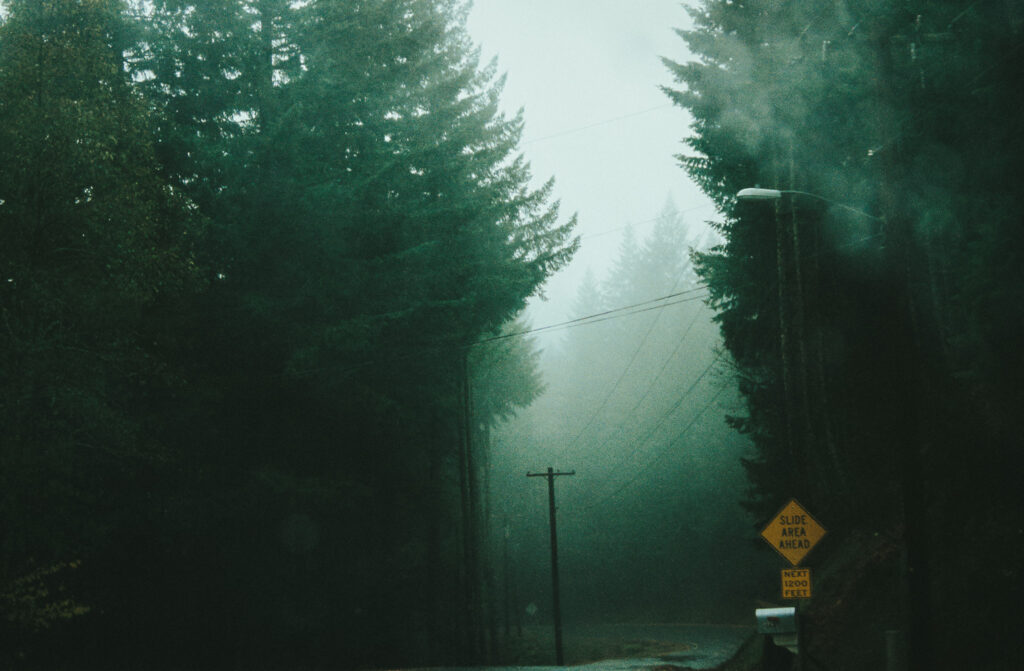
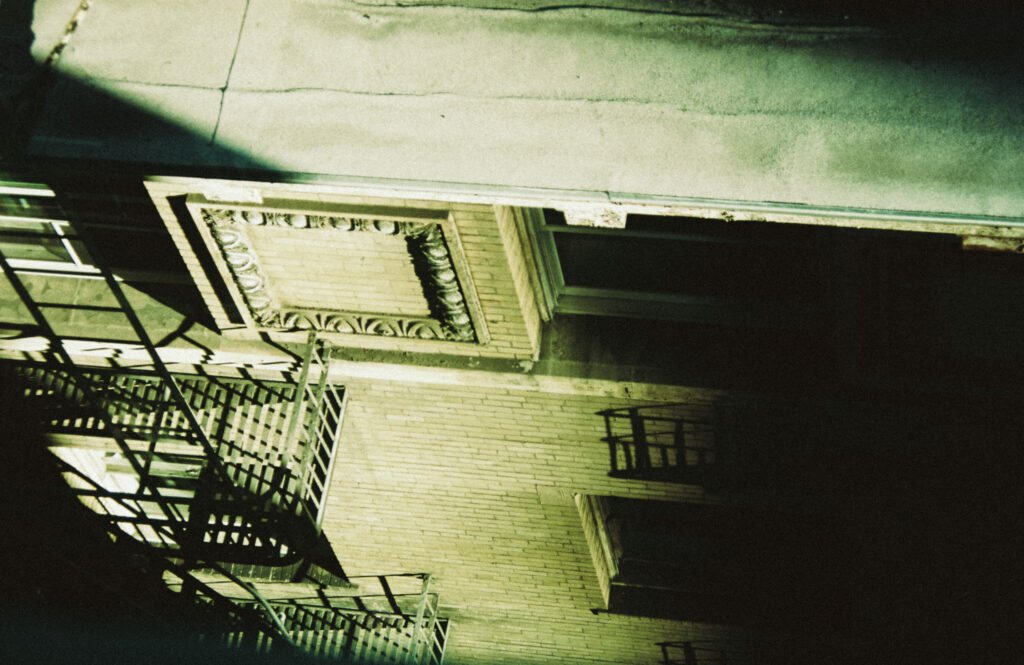

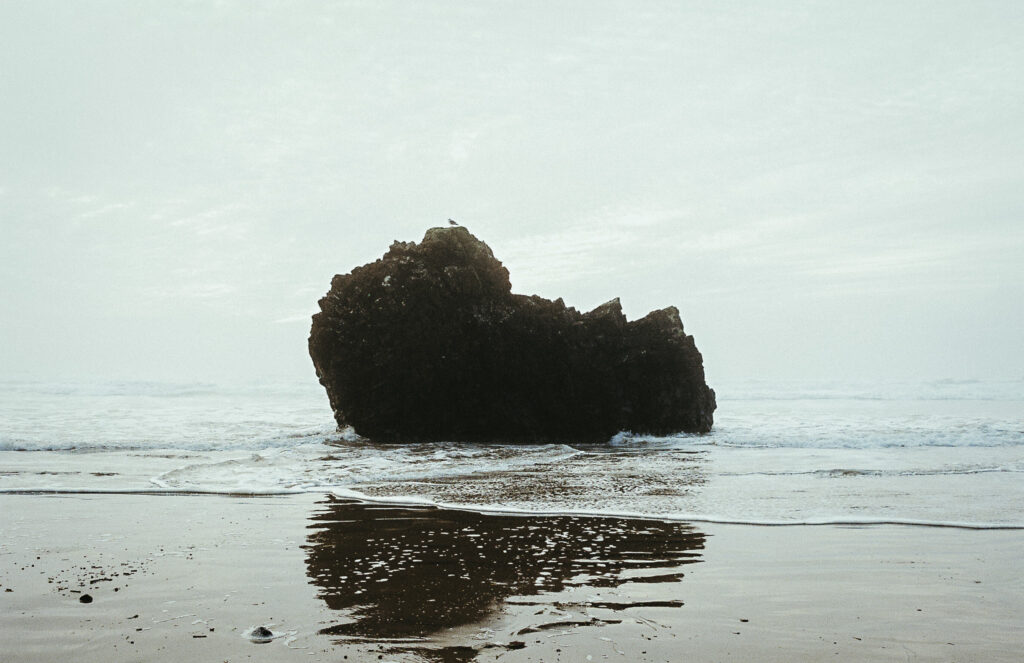
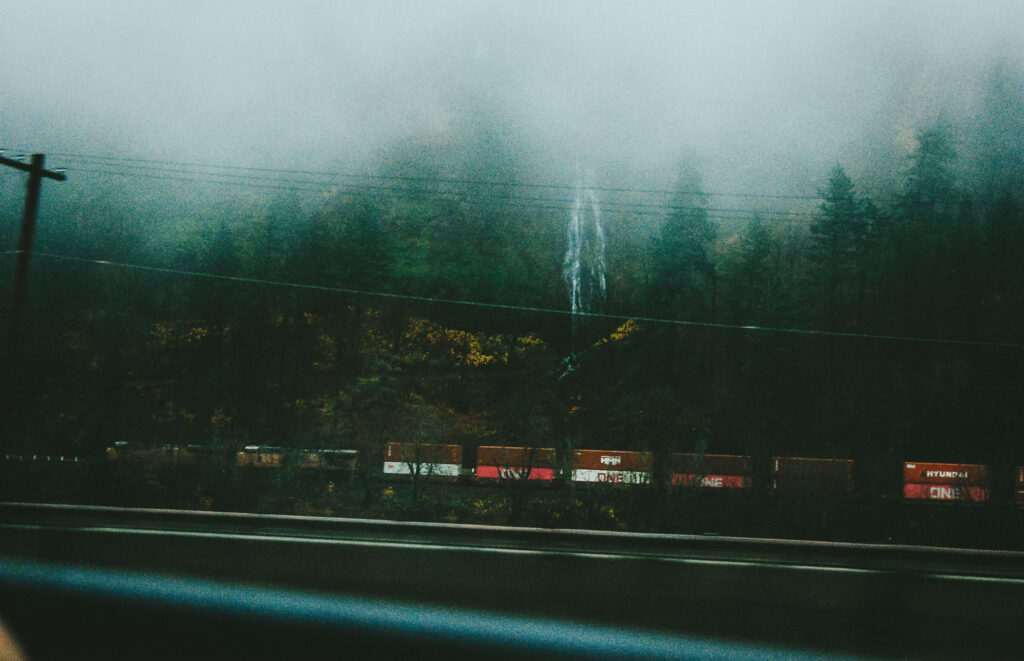
Kodak Gold
Kodak Gold is an extremely popular film to shoot on! Perfect for warm summer hues, soft colors, and an even contrast, it is a very sought after film stock. Travel photographers, hobbyists, and wedding photographers alike can all create the most stunning array of imagery with Kodak. I personally like it for daylight shooting when I am with friends or documenting a wedding. It is also my favorite film stock for wintery snow photos, as it can really bring the landscape to life!
You can find Kodak Gold in the 120 and 200 ISO range. It’s not so great for low light, but is a film that will always be beautiful and lovely for many different subjects. It is one I recommend to every one looking to get into film photography.
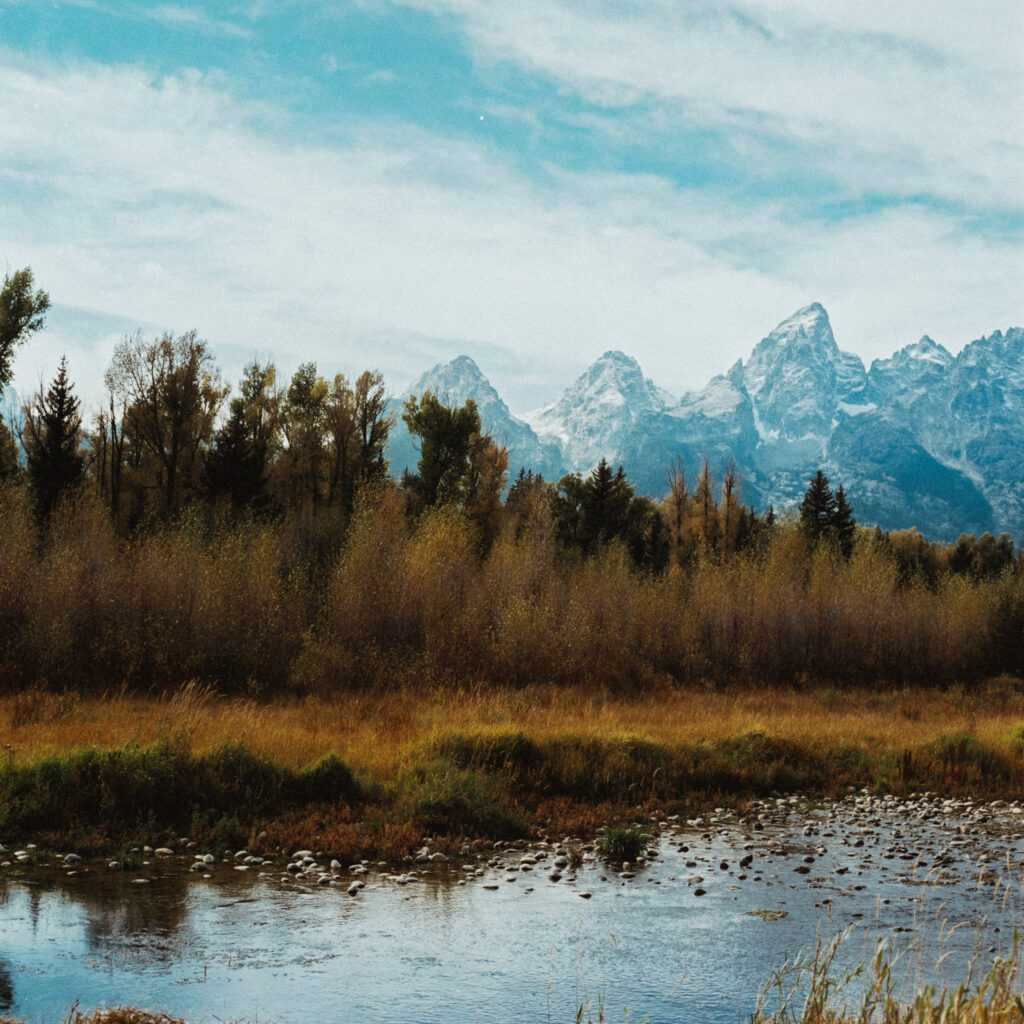
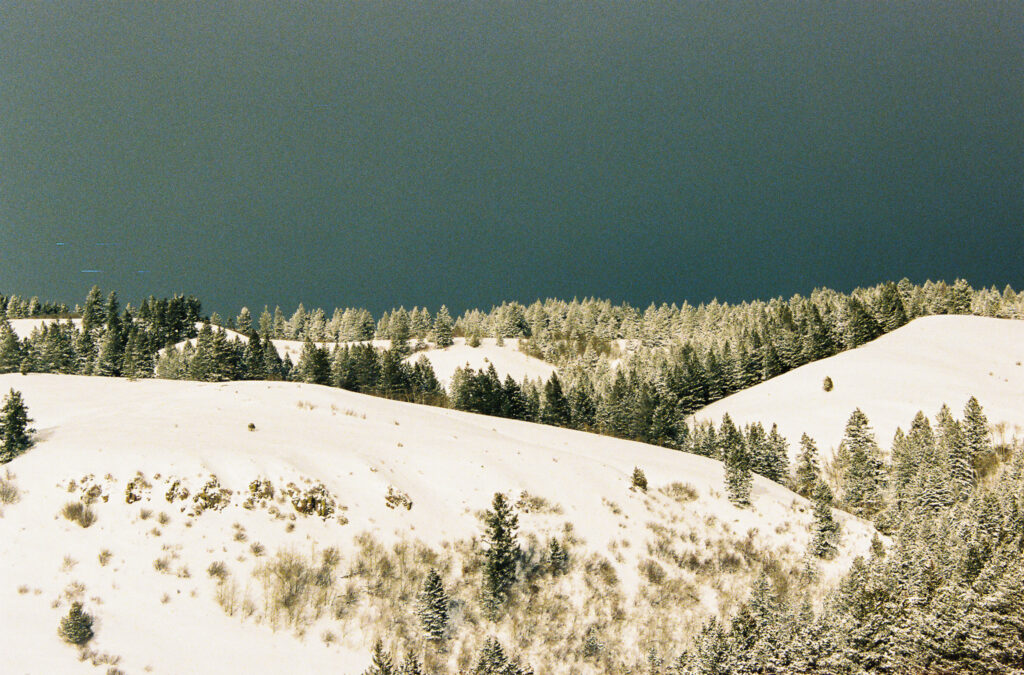
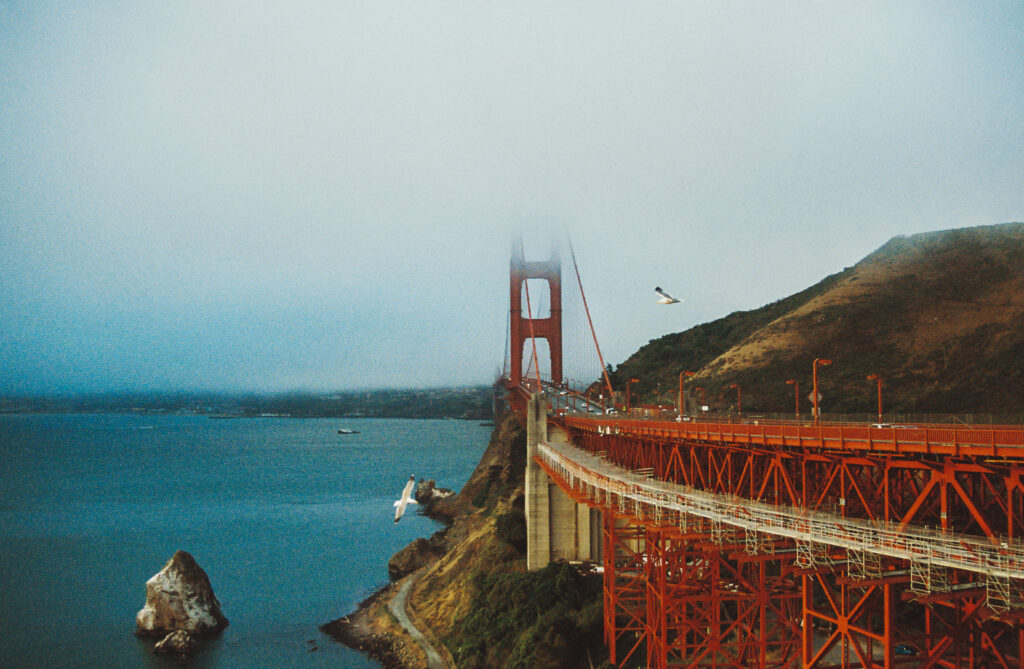


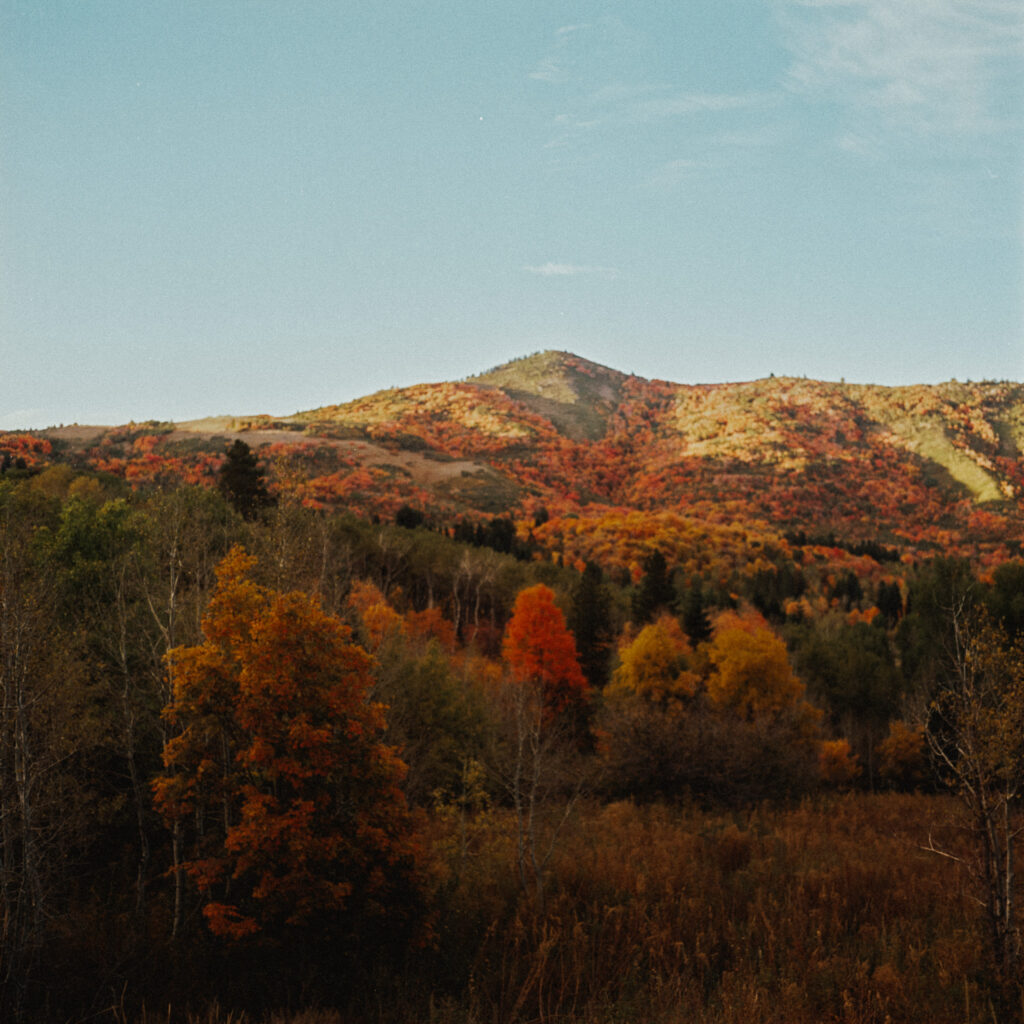
Fuji
Fujifilm is definitely one of the more affordable films, something that is now being found in Walmart, whereas many of the other films you have to order online or go to an actual film shop for! It is the same brand that makes disposable cameras. Though it is not the film I use the most, the colors it brings out are so fun and it will give you a beautiful nostalgic look to your pictures. Fujifilm is one of the most popular film brands and has been around for decades upon decades, so you can trust this film to a T! You will mostly find fujifilm is 200 and 400 ISO and my main goal is to always expose for the highlights when using fuji.
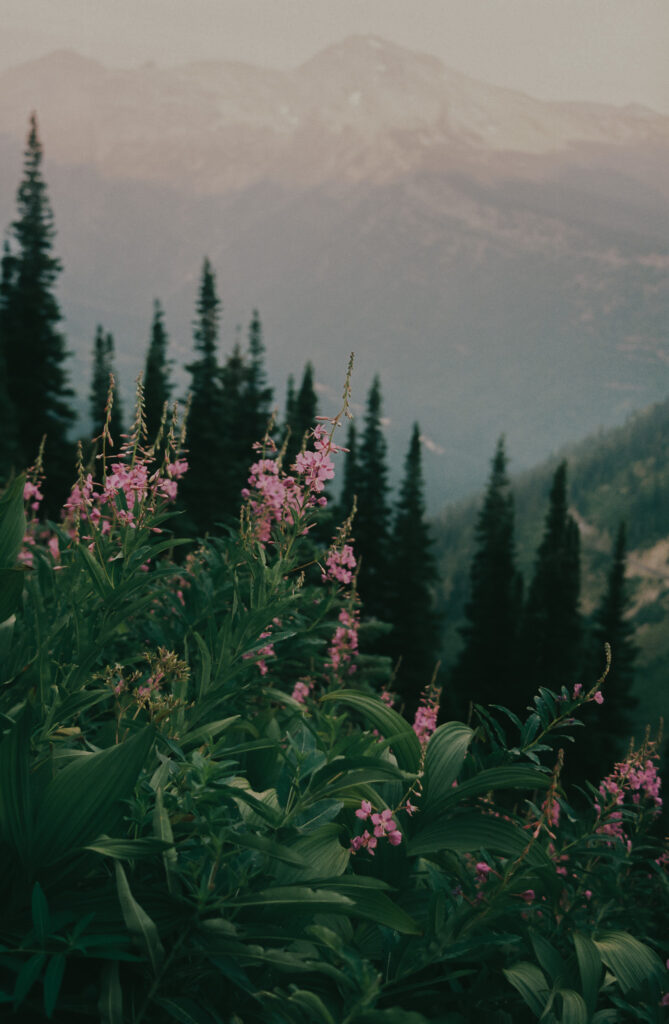
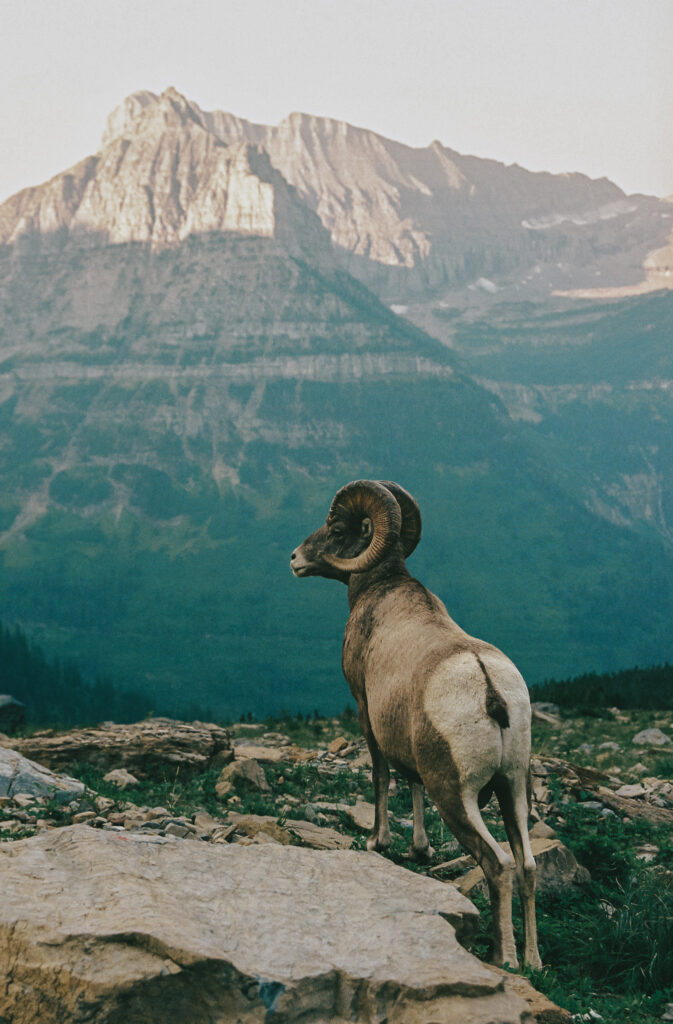



These are just a few examples of my favorites, and there are many more film stocks available, each with its own characteristics and intended uses! Choosing the right film stock for you truly just depends on your artistic vision, shooting conditions, and desired aesthetic. I never leave the house without my film camera and will always love being able to use film as a method of telling stories.
If you have any questions about film stocks, leave them below! I hope this helps give you that first step in the world of film photography and that you have just as much fun as I do shooting it.
Love this! I was hoping you would share which film stock you used in Washington. I’m obsessed with the fog and the greens. I’ll definitely have to try it out myself here!
Yes, I loved using the Cinestill in Washington!! I can’t wait to see how yours turns out when you get some for yourself.